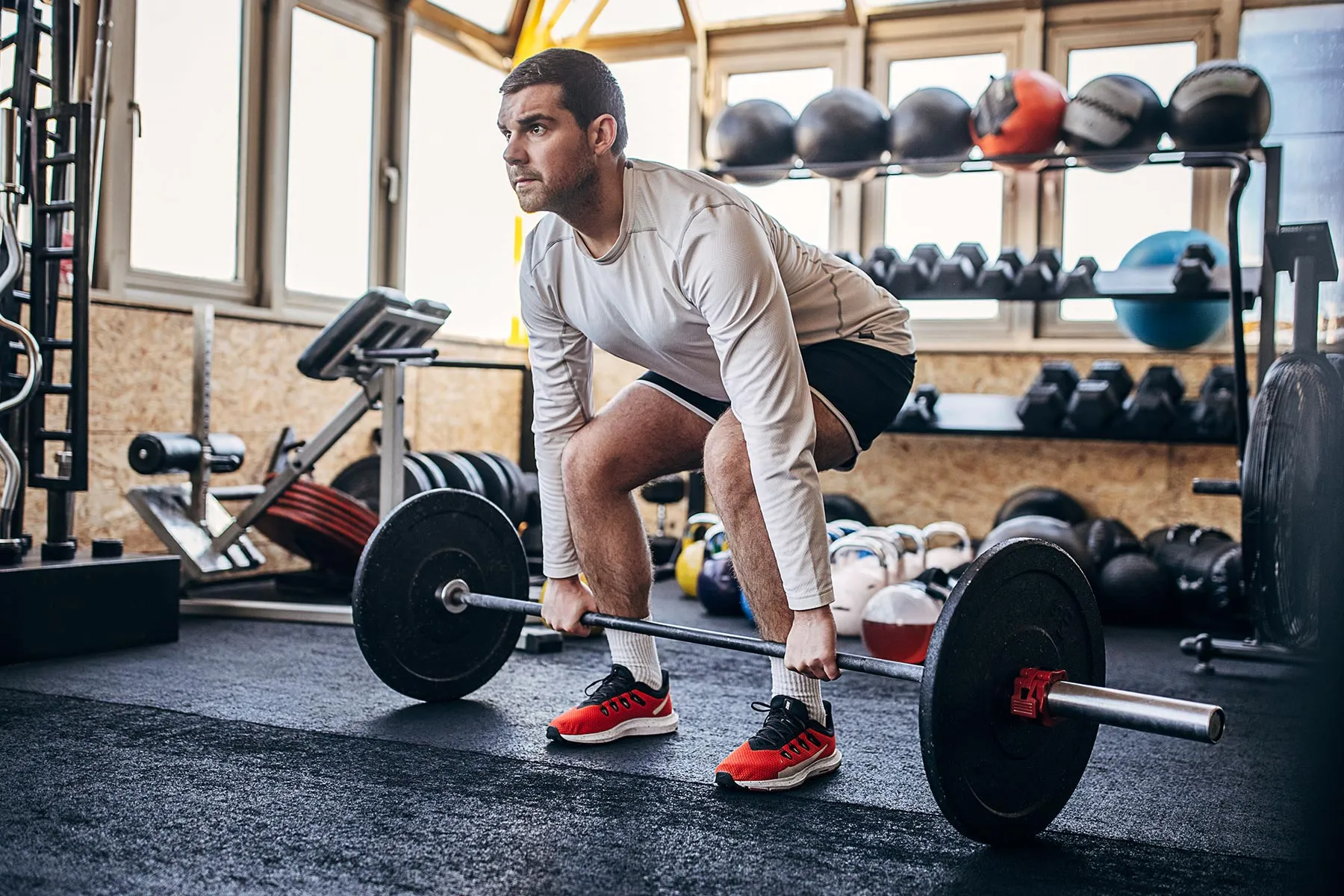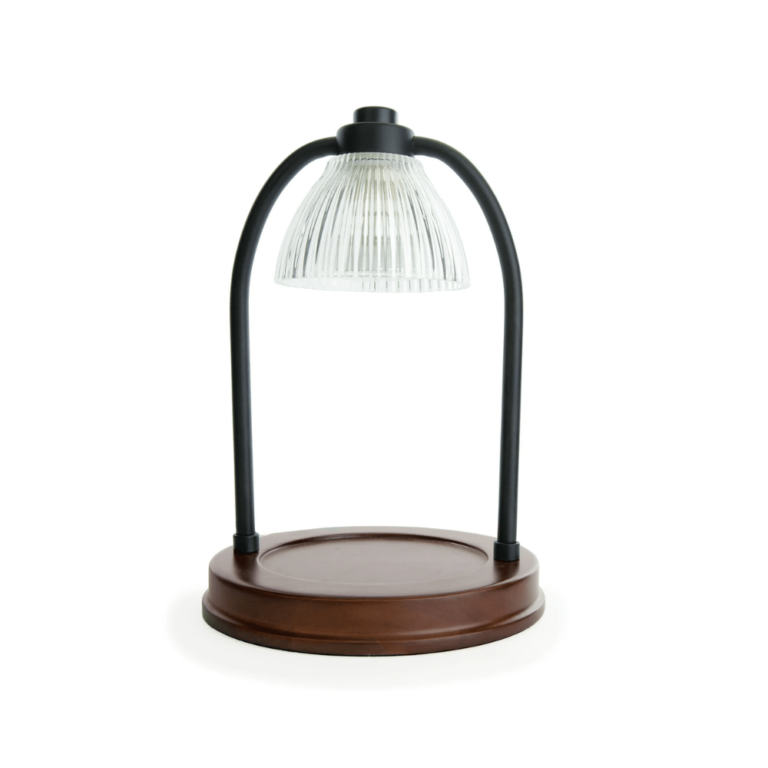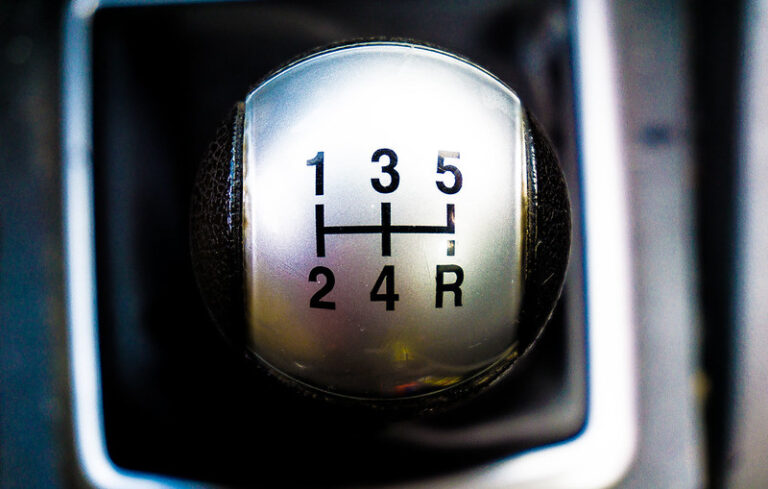
May 3, 2024 – There are plenty of reasons to exercise, but some are more motivating than others.
Perhaps the sexiest motivator – and the one people tend to go with, especially with warm weather around the corner – is to build the “beach body.”
The problem: Setting big expectations for weight loss can position you for disaster. More research is showing that exercise alone has a relatively small impact on weight loss, and if you don’t see the results you wanted, your motivation wanes.
For many – maybe you – “exercise is only associated with trying to lose weight,” said David Creel, PhD, a psychologist, dietitian, and exercise physiologist at Cleveland Clinic. Because of that, “it’s been linked with a lifetime of perceived failure and has a really negative connotation.”
A change in mindset may help: If the number on the scale refuses to change, keep exercising anyway, Creel said. “I’ll ask patients, ‘If your diet goes south, do you stop showering?’” Of course not, he said: “That’s how we should think about exercise” – as part of your health maintenance routine.
We asked Creel and other experts to share the top motivational reasons to exercise, and how to track your progress so your incentive stays high.
Reason #1: To Give Your Heart a Break
Exercise makes your heart work hard, but the magic of movement means it really makes your heart work less – in the long term. Regular physical activity can lower your resting heart rate – which results in fewer beats per day/week/month/year – and lower blood pressure.
That last one is easy to track and hugely important. High blood pressure, or hypertension, is the leading risk factor for early death, causing about half of all heart disease and stroke-related deaths globally. One in three American adults have high blood pressure, but many don’t even know it.
Exercise makes your heart stronger so it can pump blood with less effort, reducing the force on your arteries. The exciting part: You may see results quickly – regardless of whether you lose weight. Becoming more active can lower diastolic blood pressure by 2.5 to 6.2 mm Hg and systolic blood pressure by 1.8 to 10.9 mm Hg in 4 weeks. (Reductions tend to be greatest for folks who already have hypertension or are prehypertensive.)
If you can drop your diastolic pressure (the small number) by just 5 to 6 mm Hg, you may reduce your stroke risk by about 40%.
Track it: You should have your blood pressure tested regularly (every 2 to 5 years before age 40, and yearly after that). If you have high blood pressure, follow your doctor’s recommendations. At-home monitors are a smart investment. (Find validated devices here.) Most have an app to track trends. The Greater Goods Bluetooth Blood Pressure Monitor ($68) is the choice of the Wirecutter product testing site and has a high user rating on Amazon.
Be consistent: Check your pressure at the same time each day – a good time is right after you wake up, before having any caffeine, and after 5 minutes of stillness. (Though some docs recommend taking it in the morning and at night.)
Reason #2: To Finally Eliminate Those Midday Slumps
An energy boost right after working out is typical – and motivating, said Amy Bucher, PhD, chief behavioral officer at Lirio and author of Engaged: Designing for Behavior Change. That boost is called a leading indicator: “You can detect that after a single workout,” she said. Weight loss, on the other hand, is a lagging indicator.
Why the boost? Exercise increases oxygen circulation and hormone levels that make you feel energized. Over time, it also helps your heart and blood vessels run better and spurs the growth of mitochondria, the powerhouse of the cell. Research confirms that regular exercise can reduce fatigue and increase vitality.
That energy may spur you to live life more fully, to play with kids or grandkids, travel more, play sports, or take up hobbies. And that’ll reveal the “why” behind your motivation, crucial for staying committed, Bucher and Creel said.
Track it: Apps like Energy Level Tracker help you visualize trends over time and see what time of day you feel most productive. Or go old-school and keep a journal: Simply jot down how you feel after workouts as well as a few times throughout the day. See how exercise impacts you right away and as your day goes on. Even a once-a-day rating before bed can help you see how regular workouts affect you.
Visual reminder: Change your smartphone background to an image that represents your “why.” For Bucher, a photo of her and her husband in Puerto Rico reminds her that endurance helps her embrace adventure.
Reason #3: To Feel Like You Can Achieve Anything
Psychologists call it “self-efficacy” – your confidence in your ability to achieve a goal. It’s one of the main reasons people stick to exercise, backed up by decades of research. It’s a virtuous cycle: Regular exercise reliably helps you build self-efficacy, experts agree, and the more you exercise, the more you improve. You’ll get faster, stronger, and more skilled – and tracking that progress can be inspiring.
As you improve, you boost your feelings of competence, a key factor in “self-determination” theory. All humans have three basic psychological needs, the theory goes – autonomy, competence, and relatedness (a sense of connection with others).
This works at whatever level you’re at: lowering your average pace on a run, or just walking a few more blocks each time out. Even maintaining a streak of exercise days can boost confidence.
Track it: Just about any fitness tracker – Apple Watch, Fitbit, Garmin – will do the trick here. Growing evidence suggests that wearables can empower people to change and encourage them to move more. If you lift weights, try an app like Strong, which lets you track reps, weight, and duration and see your progress in charts.
Ignore this: Don’t let a broken streak derail you. “They can have an outsized negative, demotivating effect,” said Bucher. Set attainable goals and be flexible in how you define improvement. Bucher likes how Peloton “counts not daily streaks but also weekly ones, which are easier to maintain.”
Reason #4: To Sleep Like the Dead Even Though You’re More Alive Than Ever
Tons of evidence from the past decade links exercise with improved sleep quality and reduced severity of sleep disorders, like insomnia, daytime sleepiness, and sleep apnea. And your sleep impacts every part of your health, including mood, brain function, disease risk, and appetite.
You’re likely to notice better sleep soon after starting an exercise routine, according to an analysis from the Journal of Behavioral Medicine.
Physical activity can influence the production of the sleep-wake hormone melatonin, helping you fall asleep faster and sleep better. It helps improve mood and reduce stress – both helpful for falling and staying asleep. And it helps regulate core body temperature, making sleep easier to come by.
Track it: WHOOP ($239 for an annual membership), Oura Ring ($299), and the Fitbit Sense 2 ($249.95) are wearable options for sleep tracking, said Bucher. You can also invest in a “smart bed,” a mattress with adjustable firmness that uses sensors to gather data about your sleep, like the Sleep Number smart bed ($1,099 for a queen), which monitors your movements, heartbeat, and breathing patterns to measure sleep quality.
Bedtime bonus: Better sleep can help prevent weight regain, said Creel. “Poor sleep can lead people to fall off their healthy eating patterns,” he said. A well-rested person is more likely to stick to the program.
Reason #5: To Use the Weights in Your Hands to Lift That Weight Off Your Shoulders
Active people tend to be happier, according to studies. A recent review of nearly 100 analyses found that exercise can help improve symptoms of anxiety and depression about as well as or slightly better than standard therapy and medications.
How? Exercise triggers the release of endorphins in the brain, which help naturally relieve pain and lead to the release of dopamine, a neurotransmitter linked to pleasure.
For motivation, happiness is hard to beat. Which brings us back to self-determination theory.
“Motivation is not just high or low, it also has a quality, and that quality has to do with whether it’s controlled or autonomous,” Bucher explained. Controlled means someone is telling you to do something, or there’s a reward or punishment.
Controlled motivation can get you to take action – but it’s not meaningful enough to lead to sustained change.
In contrast, autonomous motivation means doing things that align with your values – “the identity you want to have, bigger life goals, and what you enjoy and find pleasurable,” Bucher said. With that alignment, you’re more likely to stick to an exercise plan and to get back on track if you falter.
Feeling happy and good about yourself tends to be a great autonomous motivator.
Track it: Your mood is tricky to track. Try journaling right after workouts and at another time of day to see if exercise had an impact. Ask yourself how you handled stressful situations; how strongly you felt negative emotions and how you coped with them; and if anything you did made you joyful or grateful.
Apps like Daylio and eMoods let you track your mental state with emojis that represent what you did that day and how you felt. You’ll still have ups and downs, but the goal is to feel better on average over time. Overall, exercise can help ease anxiety, make you feel like you can deal with challenges better, and create a sense of lightness in your life.
Take a moment: Instead of rushing off to the next thing after a workout, take 10 seconds to notice how you feel, compared to before you exercise. This type of mindfulness can be motivating, Bucher said.






